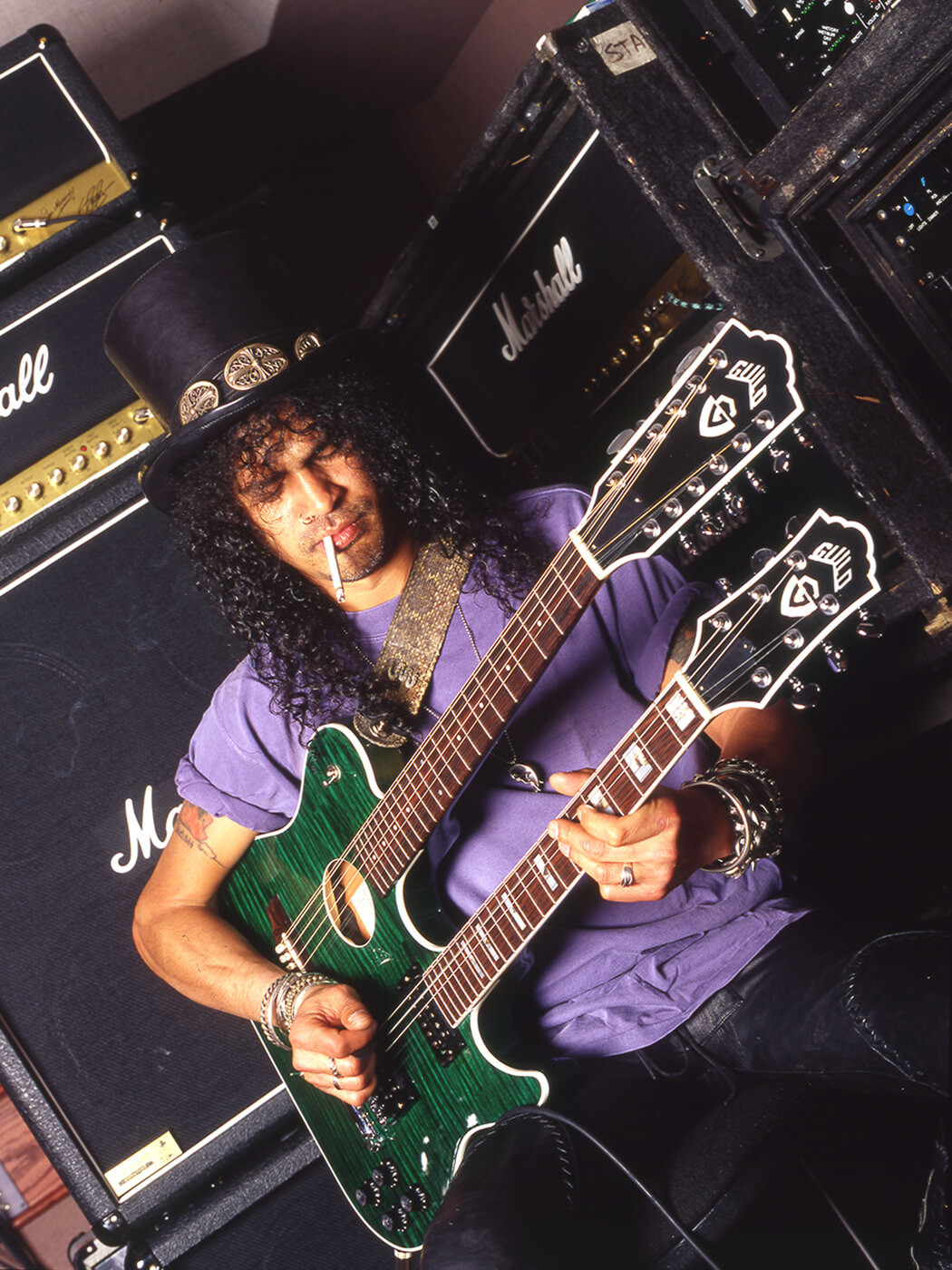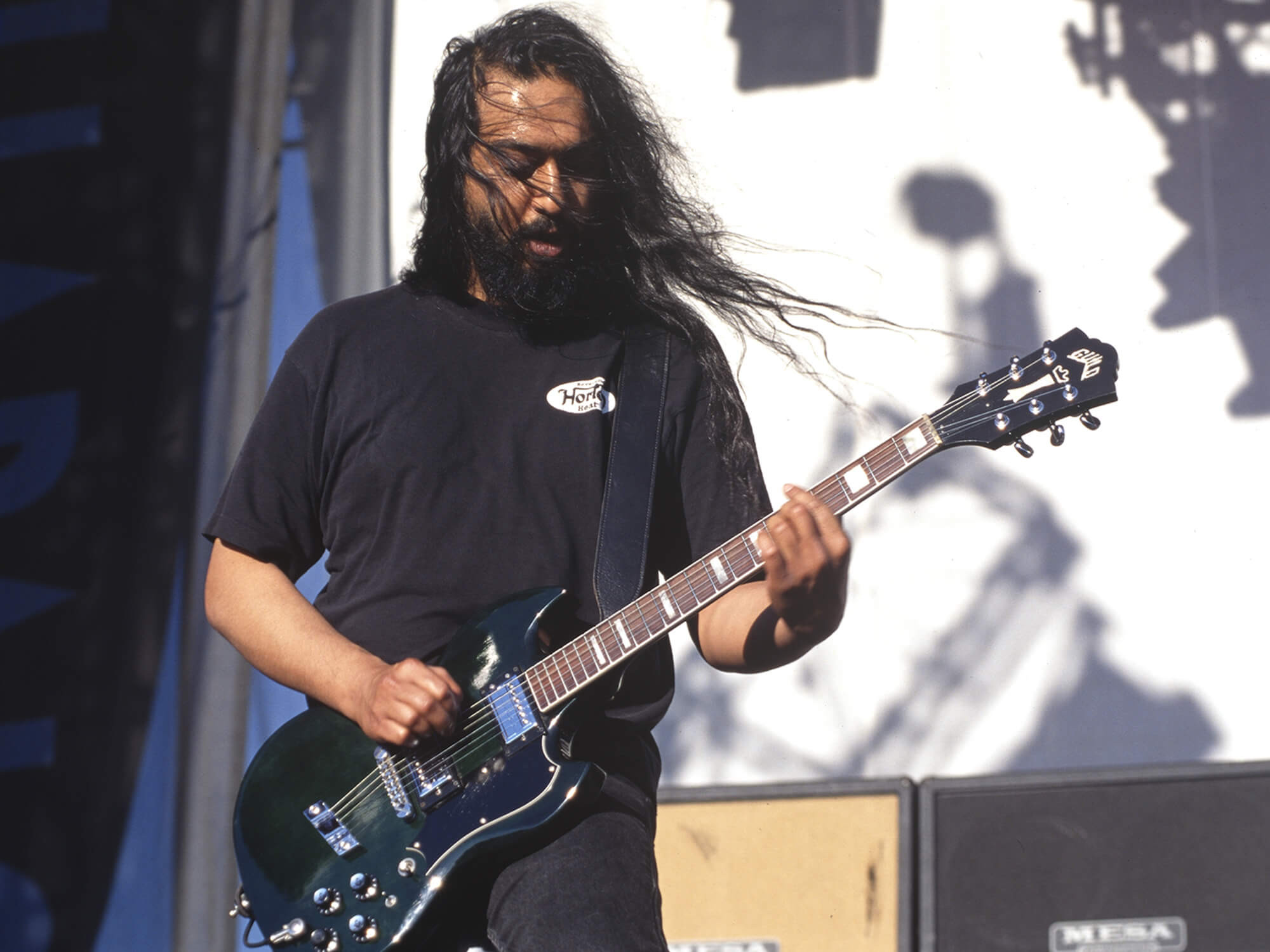The Guild Guitar Company, celebrating its 70th anniversary, boasts a history that stretches back even further, to the post-World War II era in New York City. While 1953 marks the official inception of Guild Guitars, its origins are rooted in the vision of Alfred Dronge, who laid the foundation for this iconic brand several years prior. This is the story of how Guild evolved from a humble music store to become a respected name in guitar manufacturing, renowned for its quality instruments and enduring legacy.
Alfred Dronge’s journey began in 1945 with the opening of Sagman & Dronge music store in New York City, in partnership with Barney Sagman. After a couple of years, Dronge took sole ownership, renaming it Alfred Dronge Music. This store wasn’t just a retail space; it was a hub for musicians, offering new and used instruments, and crucially, an in-house repair service. This repair capability proved to be a strategic advantage for Dronge. During the material shortages that plagued instrument manufacturers after World War II, Dronge’s access to used instruments through his repair shop allowed him to maintain a healthy inventory. He further diversified his business by importing accordions from Italy, adding another profitable revenue stream.
In 1952, a pivotal partnership was formed. Dronge joined forces with George Mannon, a former executive from Epiphone, to establish the Guild Guitar Company. Guild’s initial focus was on full-depth hollowbody electric guitars. This strategic decision was inspired by Dronge’s passion for jazz music and recognized a gap in the market. With the rise of solid-body electric guitars, brands like Fender and Gibson had shifted their focus, leaving an opportunity for Guild to cater to musicians who still valued the rich tones of hollowbody instruments.
Guild’s early workforce was largely composed of experienced luthiers who had previously worked at Epiphone. In 1953, Epiphone relocated its production from New York to Philadelphia, a move driven by either downsizing or labor disputes with its unionized workforce. Many skilled New York-based Epiphone workers chose to remain, creating a pool of talent that Guild was able to tap into.
 Tommy Shaw of Styx performing with a Guild acoustic guitar by Rob Verhorst/Redferns via Getty Images
Tommy Shaw of Styx performing with a Guild acoustic guitar by Rob Verhorst/Redferns via Getty Images
However, the early years weren’t without challenges. In 1956, Guild relocated production to Hoboken, New Jersey, reportedly to avoid union-related issues in New York. At this time, Guild’s production was around 100 to 120 guitars per month with a team of 15 employees. While the move to New Jersey meant losing some of the original Epiphone craftsmen, Guild strategically hired individuals who would play crucial roles in the company’s significant expansion during the 1960s. These key additions included Bob Bromberg, who became the general and plant manager, Gilbert Diaz, responsible for final assembly and previously with Gretsch, and luthier Carlo Greco.
Throughout the 1950s, Guild broadened its product line to include flat-top and archtop acoustic guitars. Recognizing the power of artist endorsements, particularly within the New York jazz scene, Dronge cultivated relationships with prominent musicians. Guild’s early endorsees included jazz luminaries such as Johnny Smith, Don Arnone, Carl Kress, and Barry Galbraith. This strategy led to Guild’s first artist collaboration, the Johnny Smith Award model, produced from 1956 to 1960. Johnny Smith’s reputation as a top guitarist, affirmed by his 1954 Downbeat Readers Poll win, lent significant credibility to Guild. While the Johnny Smith model didn’t achieve the same widespread popularity as the Gibson Les Paul, it solidified Guild’s commitment to crafting high-quality instruments for discerning musicians. Guild continued to develop signature models for other notable artists like George Barnes, Duane Eddy, and Bert Weedon, demonstrating their dedication to artist collaboration and innovation.
Beyond signature models, numerous artists embraced Guild guitars. Blues icons like Muddy Waters, known for playing a Thunderbird, and Buddy Guy, famous for his Starfire IV, showcased Guild’s appeal across genres. Carlo Greco also spearheaded the expansion into classical guitars during this era. Interestingly, it’s widely believed that Randy Rhoads utilized a Guild classical guitar for the iconic acoustic piece Dee on Ozzy Osbourne’s groundbreaking album Blizzard of Ozz, highlighting the versatility of Guild instruments.
As musical tastes evolved in the 1960s, Guild adapted by introducing solidbody electric guitars, such as the S-100, manufactured from 1963 to 1978. The 1960s were a period of change for the entire instrument industry, marked by Fender’s CBS era and Gibson’s Norlin era. In 1966, Guild was acquired by the Avnet Corporation, though Alfred Dronge remained at the helm, overseeing production and ensuring the brand’s vision continued. Corporate backing facilitated Guild’s growth, and in the same year, the company outgrew its New Jersey facility and relocated production to a larger factory in Rhode Island, converting the New Jersey location into its business office.
Tragically, this period of progress was overshadowed by the untimely death of Alfred Dronge. To manage the distance between the factory and the office, Dronge regularly commuted by plane. On May 3, 1972, Dronge’s plane crashed in adverse weather conditions, resulting in his death and the loss of Guild Guitar Company’s founder. Leon Tell subsequently took over leadership of the company.
Despite this loss, the period between 1966 and 1972 had been highly productive for Guild. Many prominent artists embraced Guild instruments, including Richie Havens, Jerry Garcia, and Paul Simon, all known for using Guild acoustics. Even Jimi Hendrix acquired a left-handed Guild F-212 12-string acoustic in 1970. The brand’s popularity continued to grow, with Stevie Ray Vaughan, Slash, Joe Perry, David Byrne, Billie Joe Armstrong, and Kim Thayil among the many notable musicians who used Guild guitars throughout the 1980s and 1990s.
 Slash playing a double-necked Guild guitar by Robert Knight Archive/Redferns via Getty Images
Slash playing a double-necked Guild guitar by Robert Knight Archive/Redferns via Getty Images
Guild maintained a steady presence until 1995 when it was acquired by Fender Musical Instruments Corporation. The years under Fender’s ownership were marked by transitions, but Guild continued to produce quality instruments. In 2001, production shifted from Rhode Island to Fender’s headquarters in Corona, California. Further changes followed, with production moving to Tacoma, Washington, in 2004. Subsequently, US electric guitar production ceased, with a focus on acoustic models. A later relocation saw production move to New Hartford, Connecticut.
In 2014, Guild became part of the Cordoba Music Group, acquired from Fender. This marked a return of USA-made Guild guitars to California, with acoustic production commencing at the Oxnard facility in 2015. Cordoba also launched various Guild model lines, including the Westerley Collection acoustics and the Surfliner electric guitars, primarily manufactured in Asia.
 Kim Thayil of Soundgarden playing a Guild S-100 at Lollapalooza in 1996 by Tim Mosenfelder/Getty Images
Kim Thayil of Soundgarden playing a Guild S-100 at Lollapalooza in 1996 by Tim Mosenfelder/Getty Images
Most recently, in February 2023, the Yamaha Guitar Group acquired Cordoba Music Group, bringing Guild under the Yamaha umbrella. While still in the early stages of this new chapter, there are promising signs of innovation, exemplified by the Kim Thayil S-100 Polara model, a collaboration years in the making that finally came to fruition in 2023. This new guitar and future releases signal a potentially exciting direction for Guild as part of Yamaha.
From its humble beginnings in a New York music store to its current position within the Yamaha Guitar Group, the Guild Guitar Company has navigated numerous changes and challenges. Throughout its 70-year history, Guild has remained committed to quality craftsmanship and musical innovation, earning its place as a significant and enduring brand in the world of guitars – truly, America’s ‘other’ legendary guitar brand.

